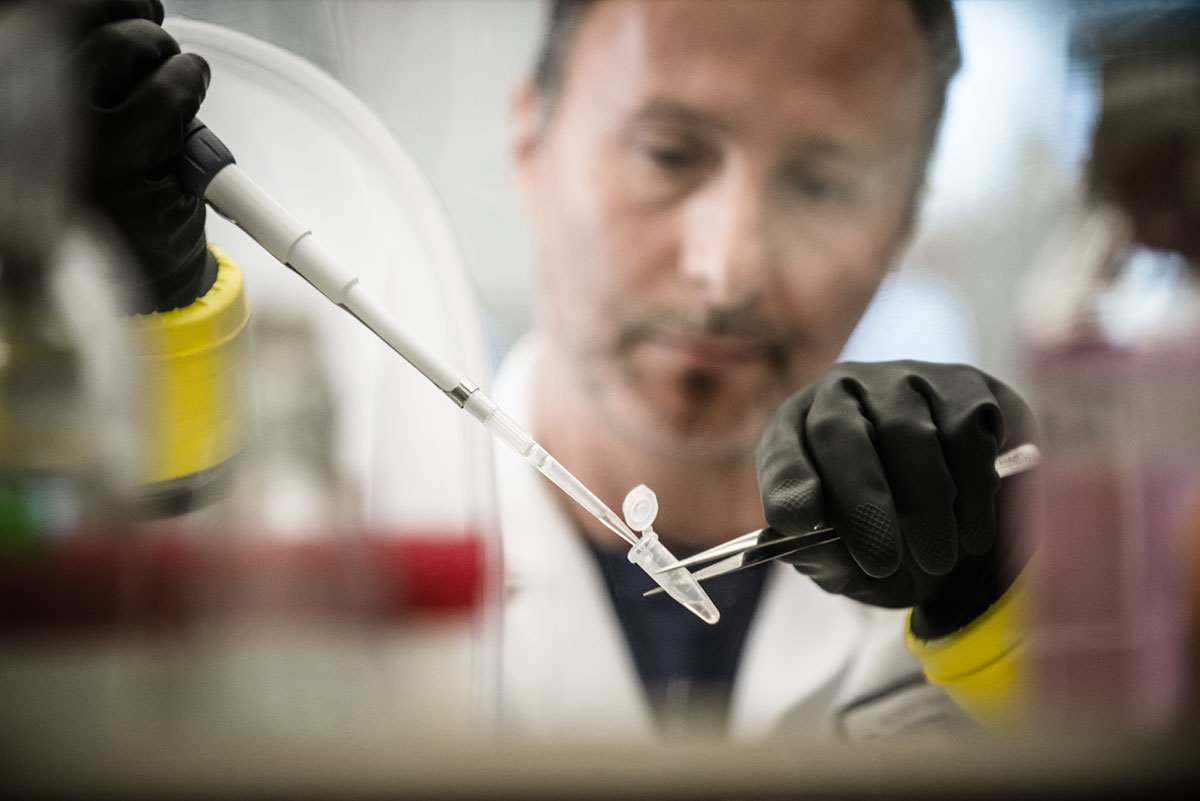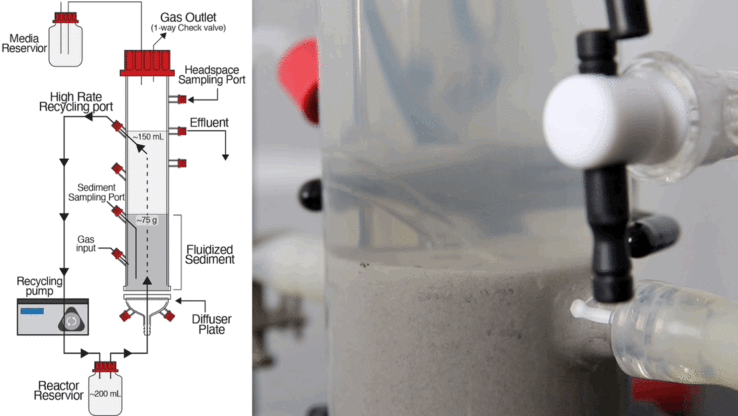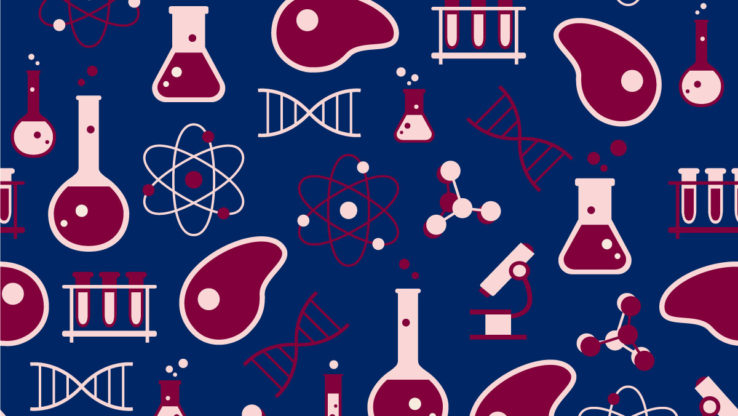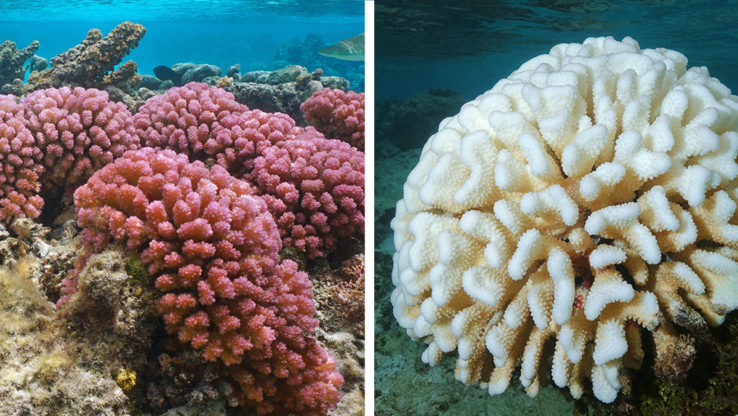Jan. 10, 2014
3 Bullets:
- ISB researchers discover that microbes retain complex survival traits despite having been domesticated for more than 50 years.
- Study reveals that gene networks store a historic record of environmental change.
- Research reinforces the concept that model organisms can serve as authentic systems to study evolution of complex traits.
By ISB Editorial Board
You can take a microbe out of the wild, but you can’t take the wild out of the microbe.
In a study published today in the journal Applied and Environmental Microbiology, researchers in the Baliga Lab at the Institute for Systems Biology reveal that the domesticated Halobacterium salinarum retains a memory of its evolutionary past despite having been maintained under controlled laboratory environments for more than 50 years.
Halo originates from the Great Salt Lake and is used in labs as a model organism so researchers can more easily test hypotheses about evolution by observing the consequences of manipulating genes. What makes studying evolution and adaptation complicated are the large numbers of genes in an organism and the complex environmental variations that have shaped their behaviors. Unfortunately for scientists, evolution never stops. During domestication, organisms tend to shed genes for simple traits that are not required for a “luxurious” life in the lab.
This raises an important question: What is the ecological relevance of findings from model organisms that have been tamed in the laboratory?
Baliga Lab researchers discovered that complex traits are not easily lost. Halo retains the capability of flourishing in a wide range of complex environmental variations that are routinely observed in its natural habitat, the Great Salt Lake, but had never been replicated during its tenure in the lab. It turns out the microbe had not forgotten the characteristics of its native environment.
The experiments suggest that complex traits are encoded by highly interconnected gene networks. The architecture of these networks is shaped by evolution and essentially acts as a historic record of coupled changes in diverse factors in their natural environment (temperature, salinity, oxygen, etc.). Hence, not all of the natural environmental variations need to be replicated in the laboratory to preserve this network. While these findings reinforce the utility of model organisms to study evolution of complex traits, they also caution researchers to be careful in selecting appropriate traits for their evolutionary studies.
To read the study, visit AEM.



 isbscience.org/research/50-years-in-the-lab-doesnt-diminish-an-organisms-memory-of-its-natural-environment/
isbscience.org/research/50-years-in-the-lab-doesnt-diminish-an-organisms-memory-of-its-natural-environment/





